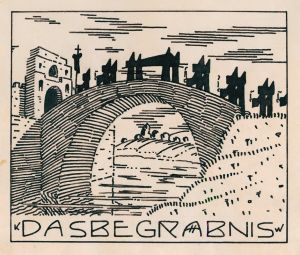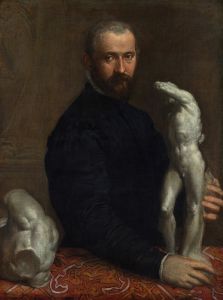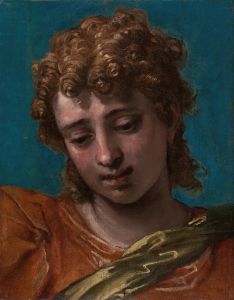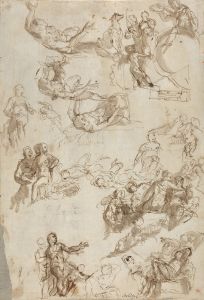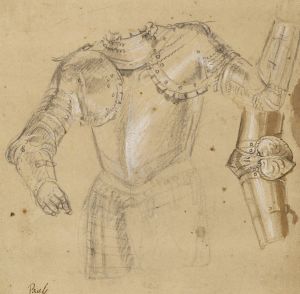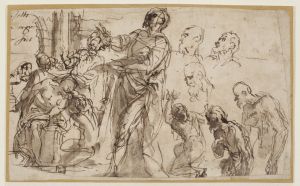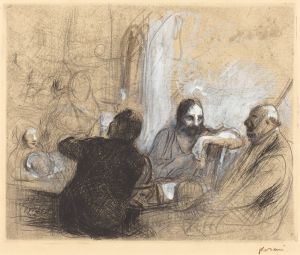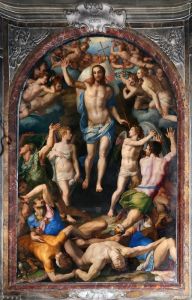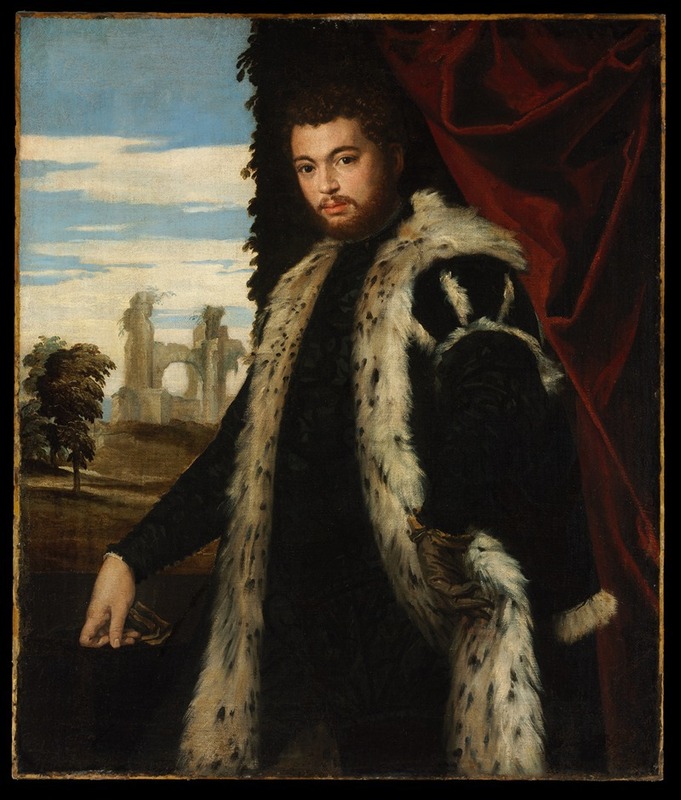
Portrait of a Man
A hand-painted replica of Paolo Veronese’s masterpiece Portrait of a Man, meticulously crafted by professional artists to capture the true essence of the original. Each piece is created with museum-quality canvas and rare mineral pigments, carefully painted by experienced artists with delicate brushstrokes and rich, layered colors to perfectly recreate the texture of the original artwork. Unlike machine-printed reproductions, this hand-painted version brings the painting to life, infused with the artist’s emotions and skill in every stroke. Whether for personal collection or home decoration, it instantly elevates the artistic atmosphere of any space.
"Portrait of a Man" is a painting by the renowned Italian Renaissance artist Paolo Veronese, who was active during the 16th century. Veronese, born in 1528 in Verona, Italy, is celebrated for his large-scale historical and religious paintings, characterized by their vivid color, intricate compositions, and dramatic use of perspective. Although Veronese is best known for his grand canvases, he also produced a number of portraits, of which "Portrait of a Man" is a notable example.
The painting is believed to have been created around the 1560s, a period when Veronese was at the height of his artistic powers. During this time, he was working primarily in Venice, where he had moved in the early 1550s. Venice, with its vibrant cultural scene and wealthy patrons, provided Veronese with numerous opportunities to showcase his talents.
"Portrait of a Man" exemplifies Veronese's skill in capturing the essence of his subjects with both realism and elegance. The painting depicts an unidentified man, which was not uncommon in portraiture of the time, as many sitters were either private individuals or their identities were not recorded. The subject is portrayed with a calm and composed demeanor, dressed in the fashion typical of the Venetian elite during the Renaissance. The attention to detail in the clothing and the subtle rendering of textures demonstrate Veronese's mastery of the oil medium.
The background of the painting is relatively simple, allowing the viewer to focus on the subject's face and expression. Veronese's use of light and shadow adds depth to the portrait, highlighting the contours of the man's face and lending a sense of three-dimensionality to the work. This technique reflects the influence of other Renaissance masters, such as Titian, who was also active in Venice during this period.
While "Portrait of a Man" may not be as widely recognized as some of Veronese's larger works, it remains an important example of his portraiture and provides insight into the artist's ability to convey character and presence through his paintings. The work is part of the collection of the Kunsthistorisches Museum in Vienna, Austria, where it is displayed alongside other masterpieces of European art.
The painting's provenance, or history of ownership, is not extensively documented, but it is known to have been part of the Habsburg collections, which form the core of the Kunsthistorisches Museum's holdings. This suggests that the painting was valued by collectors and connoisseurs from an early date.
In summary, "Portrait of a Man" by Paolo Veronese is a testament to the artist's skill in portraiture, capturing the dignity and individuality of his subject with finesse. The painting remains a significant piece within the broader context of Renaissance art, illustrating the enduring appeal of Veronese's work and his contribution to the rich tapestry of Venetian painting.






